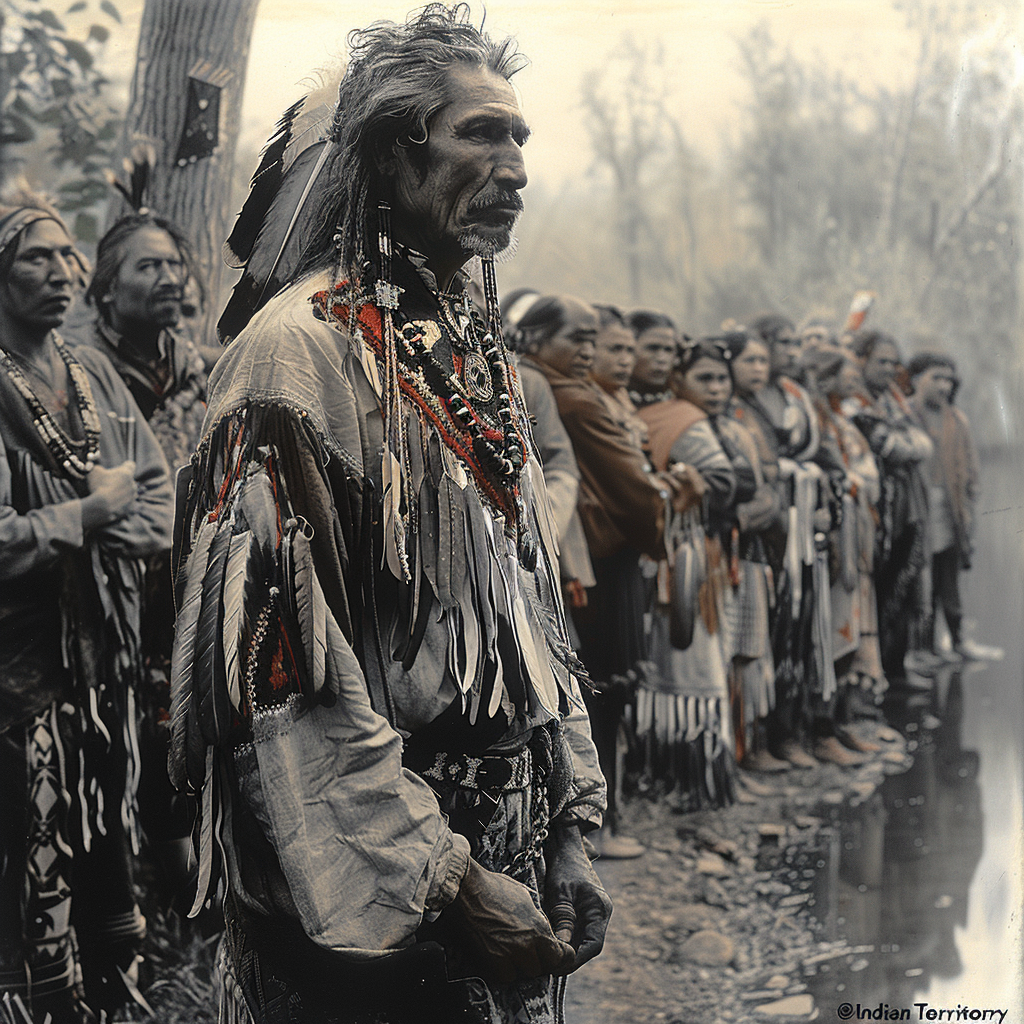Historical Context and Legislative Background
The early 19th century was a period of significant transformation in the United States, characterized by rapid territorial expansion and economic growth. A pivotal moment during this era was the signing of the Indian Removal Act by President Andrew Jackson on May 28th, 1830. The act emerged from a confluence of factors, notably the insatiable demand for agricultural land and the discovery of gold on Native American territories. These elements fueled the drive to displace Native American tribes from their ancestral lands, mainly in the southeastern United States.
The political climate of the time was marked by a strong belief in Manifest Destiny, the idea that Americans were destined to expand across the continent. This belief was championed by influential figures such as Andrew Jackson, who had a storied military career and a firm stance on Native American policies. Jackson’s advocacy for the Indian Removal Act was rooted in his perception that Native American tribes were impediments to progress and that their relocation was essential for the nation’s prosperity.
Support for the act was bolstered by Southern states eager to capitalize on fertile land for cotton cultivation. The population boom and economic interests of white settlers further intensified the push for removal. Conversely, there was staunch opposition from various quarters, including religious groups, some politicians, and Native American leaders. Notable among the dissenters was Congressman Davy Crockett, who vehemently criticized the act, arguing that it was inhumane and unjust.
The legislative process saw heated debates in Congress, with proponents like Senator Thomas Hart Benton advocating for the removal as a means to secure American growth and security. Opponents highlighted the moral and ethical ramifications, encapsulated in powerful speeches and writings that underscored the profound injustice of uprooting entire communities. Despite the resistance, the act passed both the House and the Senate, reflecting the prevailing sentiments of the era.
Initial reactions to the 1830 Indian Removal Act were mixed. While some celebrated it as a triumph for American expansionism, others mourned it as a grave injustice. Native American tribes, including the Cherokee, Creek, Seminole, Chickasaw, and Choctaw, faced the immediate and devastating implications of the legislation, foreshadowing the tragic events that would unfold in the subsequent years, most notably the Trail of Tears.
The signing of the Indian Removal Act by Andrew Jackson on May 28, 1830, set in motion a series of tragic events that profoundly impacted the Native American tribes. Among the most harrowing outcomes was the forced relocation known as the Trail of Tears, during which the Cherokee, Chickasaw, Choctaw, Creek, and Seminole tribes were compelled to abandon their ancestral lands and move to designated ‘Indian Territory’ west of the Mississippi River.
The journey these tribes undertook was fraught with peril and hardship. Inadequate supplies, including food and shelter, coupled with harsh weather conditions, exacerbated the suffering of the displaced Native Americans. Disease was rampant, with illnesses like dysentery, cholera, and smallpox claiming countless lives. Historical documents and first-hand accounts paint a grim picture of the ordeal, revealing the extent of the physical and emotional toll on the tribes. For instance, the Cherokee Nation’s records indicate that approximately 4,000 out of 16,000 Cherokees perished due to the grueling conditions of the march.
The long-term impacts of the 1830 Indian Removal Act are still felt today. The loss of ancestral lands dealt a severe blow to the cultural and social fabric of the affected tribes. Land wasn’t just a physical space; it was intertwined with their identity, traditions, and way of life. Being uprooted from these lands led to significant cultural upheaval, with many traditions and practices being lost or irrevocably altered. The trauma of the Trail of Tears has been passed down through generations, leaving an indelible mark on the collective memory of the tribes.
Scholarly research and historical analyses continue to explore the extensive ramifications of this dark chapter in American history. The forced relocations not only decimated populations but also disrupted the social and economic structures of the tribes, leading to long-lasting consequences that hindered their ability to thrive in the new territories. The legacy of the Indian Removal Act remains a poignant reminder of the injustices faced by Native Americans and the enduring impact of these policies on their communities.

